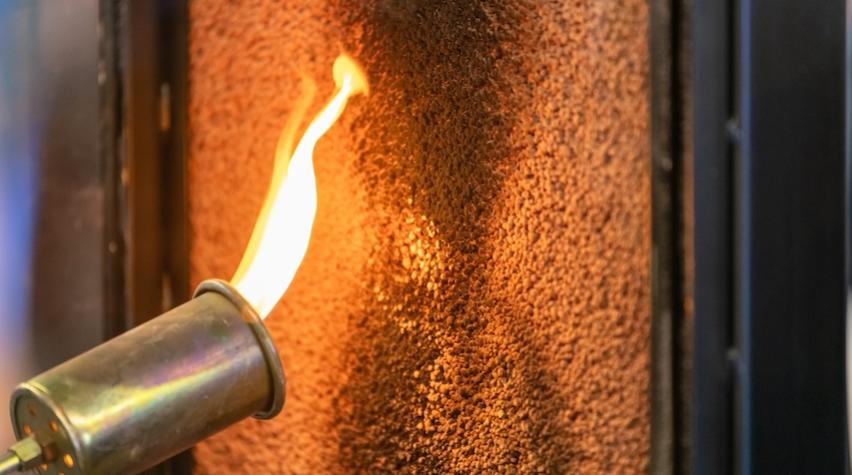
As a resident of Southern California, I have always been acutely aware of the looming threat of wildfires, especially in the presence of the Santa Ana winds. These strong, dry winds, accompanied by low humidities in the region, create ideal conditions for the rapid spread of fires. The destructive wildfires in Los Angeles in January this year underscore the importance of early preventive fire safety measures, especially flame retardants, in protecting our communities and mitigating potential losses before a wildfire can even occur.
What are flame retardants?
Commonly associated with the spray foams used by firefighters, fire retardants help stop or slow down the spread of a fire. On the other hand, flame retardants are a class of chemical compounds frequently used in consumer products that prevent or delay the ignition and spread of a fire (Figure 1). As the effects of climate change become more pronounced and wildfires become more common, flame-retardant coatings and materials of construction have emerged as critical for safeguarding lives and property.
Different mechanisms
Flame retardants employ four different mechanisms to achieve their fire-suppressing effects: intumescence, gas phase inhibition, endothermic degradation, and gas phase dilution. The intumescence mechanism involves forming a char layer on the surface of the material, which acts as a barrier to heat and oxygen, thereby preventing the fuel from continuing to burn. This char layer is created when the flame retardant decomposes and releases water vapor, which then reacts with the heat from the fire to form a carbon-rich residue. As a result, the material swells and forms a protective layer, reducing the spread of the fire.
The gas phase inhibition mechanism, on the other hand, involves releasing chemical species that interfere with the combustion process in the gas phase. These species, such as halogenated compounds, react with the free radicals present in the flame, thereby reducing the concentration of these radicals and slowing down the combustion reaction. This mechanism is particularly effective in reducing the spread of fires in enclosed spaces, where the concentration of combustible gases is high.
The endothermic degradation mechanism involves the absorption of heat from the fire by the flame retardant, which then undergoes a decomposition reaction that consumes energy. This endothermic process reduces the temperature of the surrounding material, making it more difficult for the fire to spread.
The gas phase dilution mechanism involves the release of inert gases, such as nitrogen or carbon dioxide, which dilute the concentration of oxygen in the surrounding air, making it more difficult for the fire to sustain itself. By employing one or a combination of these mechanisms, flame retardants can effectively reduce the risk of fires and prevent them from spreading, thus saving lives and reducing property damage.
Applications of flame retardants
The use of flame retardants can be seen across a vast range of industries. They are widely used in textiles and protective clothing for industrial workers, firefighters, and military personnel, where the risk of exposure to flames is high. These materials are designed to self-extinguish or resist ignition, providing an additional layer of protection for individuals in high-risk professions.
Flame retardants are also used in the manufacturing of electronics, such as circuit boards, wires, and cables, to prevent the spread of fires in the event of a malfunction or electrical surge. In the construction industry, flame retardants are incorporated into building materials, such as insulation, roofing, and wall coverings, to reduce the risk of fires spreading quickly in residential and commercial buildings.
Additionally, flame retardants are used in plastics and polymers, such as paints, where they are added to prevent the paint from igniting or spreading flames in the event of a fire. This is particularly important in public spaces, such as theaters, restaurants, and hotels, where the risk of fire is higher.
Flame retardants are just one piece of the puzzle in preventing some of the loss associated with wildfires. Fireproof construction practices, using less combustible building materials, and forest management are also important strategies for mitigating property damage and loss of life.
By pushing the boundaries of innovation and developing more effective, efficient, and sustainable flame-retardant strategies, chemical engineers can help safeguard people and property well before a disaster occurs.
This article originally appeared in the Emerging Voices column in the March 2025 issue of CEP. Members have access online to complete issues, including a vast, searchable archive of back-issues found at www.aiche.org/cep.

